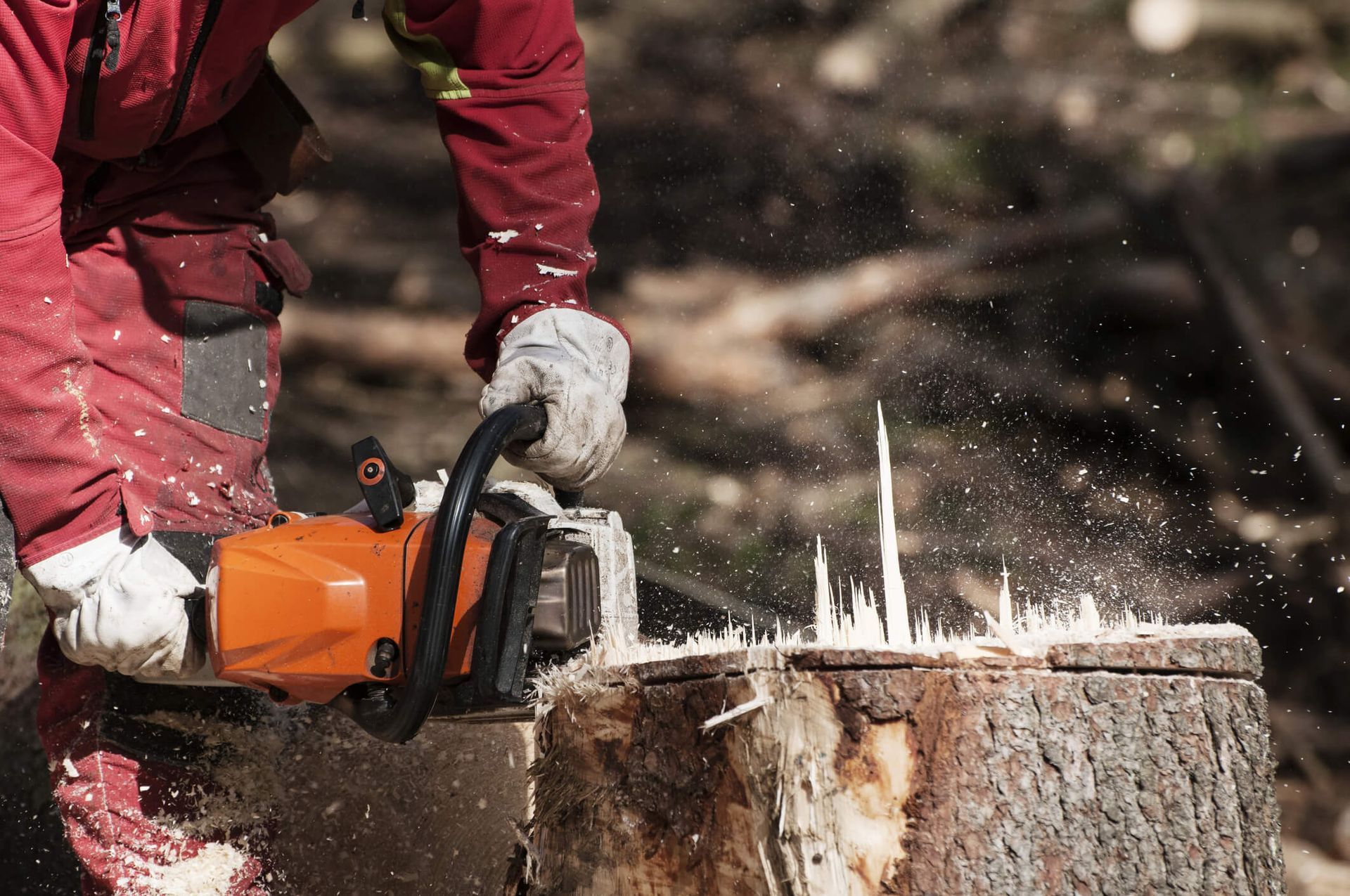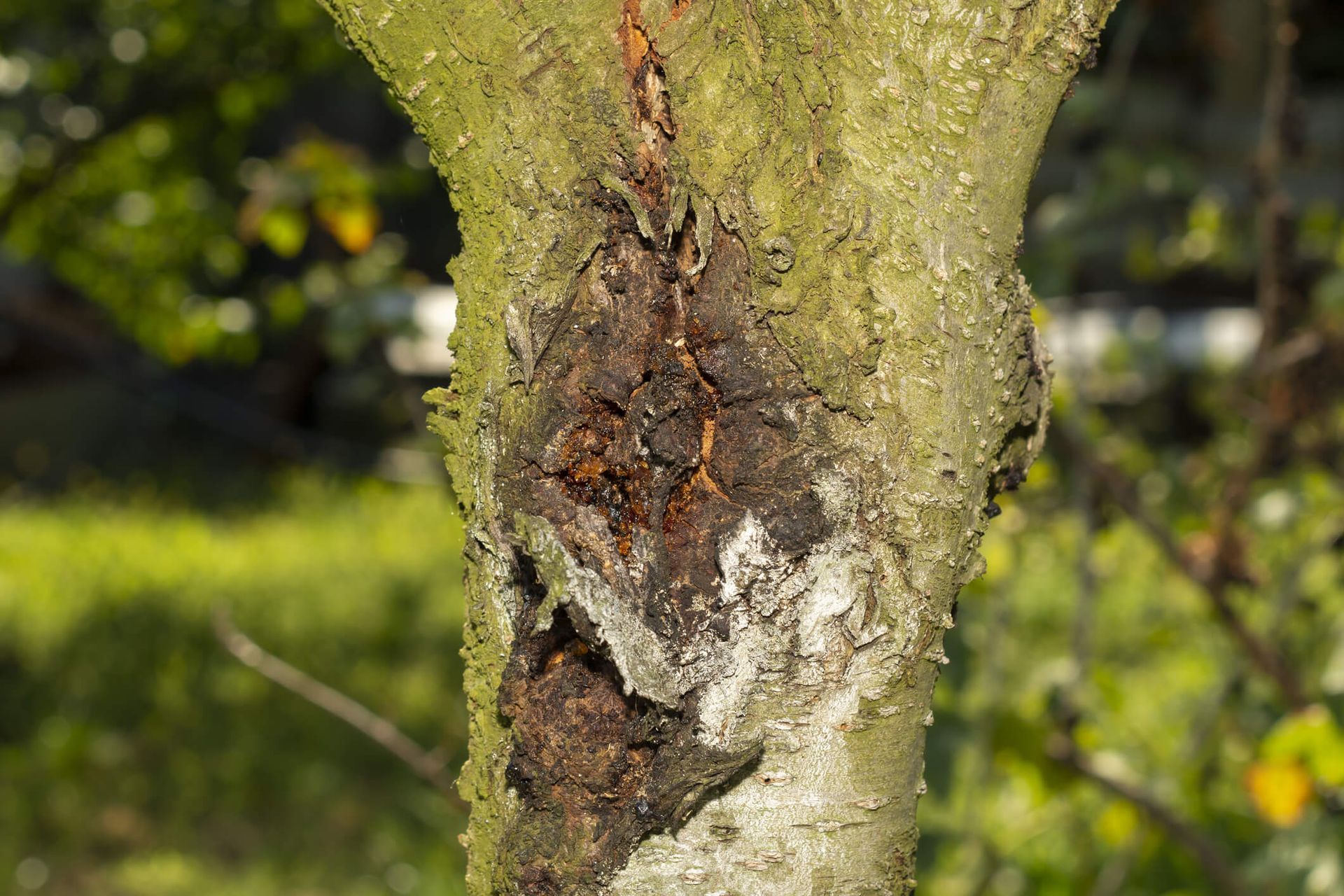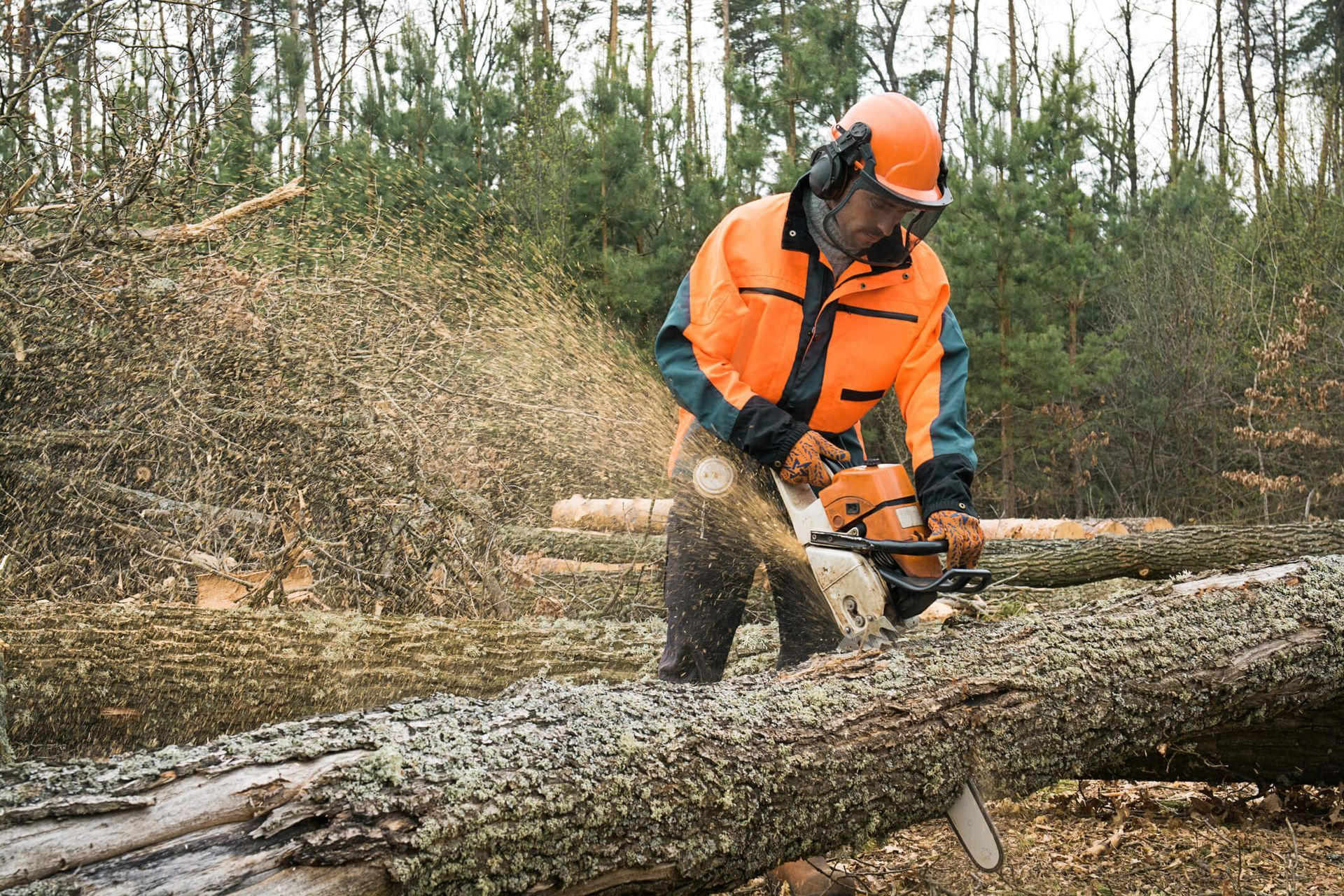9 Simple Steps to Remove a Tree Stump from Your Yard
Removing a tree stump from your yard is often necessary for safety and aesthetics or to prepare your garden or landscape for new growth. While tree removal is a major process, getting rid of the remaining stump requires specific labor, the right equipment, and some effort. Whether you want to dig the stump out manually or use power tools, this guide will walk you through 9 simple steps to help you remove that stubborn stump effectively while considering the environment and your yard’s future.
Step 1: Inspect the Stump and Its Surroundings
Before you begin any removal process, it’s crucial to inspect the stump and its surroundings. Look at the size of the stump, the extent of the root system underground, and how close it is to your home, driveway, or other trees in your landscape. Is the stump near a water line, or does it interfere with your garden layout? Identifying these factors helps you decide on the best technique and tools for removal.
Large stumps with extensive root systems will require more labor and equipment, while small ones might be handled manually with basic tools like a shovel or an axe. Also, take note of the stump’s condition. If the stump shows signs of decay, it may be easier to remove, but decaying wood can attract pests that might affect surrounding trees or plants in your garden.
Step 2: Decide on a Removal Method
Once you understand the stump’s size and location, you can decide on the most suitable removal method. There are four common techniques:
- Manual removal: Using hand tools like a shovel, axe, and digging bar to physically dig out the stump and roots.
- Chemical removal: Applying chemicals to accelerate decay and soften the stump over time.
- Grinding: Using a stump grinder, a power tool designed to chip away the stump below ground level.
- Burning: A less common and often regulated method where the stump is burned out.
Each technique has its advantages and drawbacks. Manual removal is an environmentally friendly but labor-intensive process. Chemicals require patience but minimal effort. Grinding is an efficient process but requires specialized equipment. Burning can damage soil and is illegal in some areas.
Step 3: Prepare Your Tools and Safety Gear
Before starting the removal, gather all necessary tools and safety equipment. For manual removal, you’ll need:
- A shovel to dig around the stump and expose roots.
- An axe or saw to chop through roots.
- A digging bar to pry stubborn roots from the soil.
- Heavy-duty gloves to protect your hands.
- Safety goggles and sturdy boots to protect yourself from flying debris.
If you plan to use power tools like a chainsaw or stump grinder, ensure the equipment is in good condition and that you know how to operate it safely. Always wear hearing protection and a dust mask if using grinding equipment.
Step 4: Remove the Stump Manually (If Feasible)
For smaller stumps, manual removal is a practical option, especially if you want to minimize environmental impact. Start by using the shovel to dig a trench around the stump, exposing the major roots. You’ll want to dig deep enough to see where the roots spread underground.
Next, use the axe or saw to cut through the roots. Digging and cutting the roots away from the stump allows you to pull it out with leverage from the digging bar or by hand if it’s small enough. This process requires significant physical effort but is an effective technique if you have the time and labor capacity.
Step 5: Use Power Tools to Break Down the Stump
If manual removal seems too difficult, especially for larger stumps, power tools can make the job easier. A chainsaw is particularly useful for cutting the stump down to ground level and slicing through larger roots once you have exposed them by digging.
When using a chainsaw, always exercise caution and wear the proper protective gear. Cut the stump as close to the ground as possible to minimize the remaining wood you have to deal with.
After cutting, you may want to use a stump grinder, which is designed specifically for removing stumps by grinding the wood into small chips. Grinding is a fast and effective technique that requires less physical labor but necessitates specialized equipment and, in some cases, professional assistance.
Step 6: Apply Chemical Agents to Soften the Stump
If you prefer a less labor-intensive method and are willing to wait, chemical stump removal is an option. These products are designed to accelerate the natural decay process by breaking down the wood fibers in the stump.
Start by drilling holes into the stump with a drill, then pour the chemical stump remover into the holes, following the manufacturer’s instructions carefully. After application, the stump will slowly begin to soften and decay over several weeks to months, which is a common method used in professional tree removal services.
Remember to keep the stump moist by watering it regularly. Chemicals combined with water speed up the decay process by promoting fungal growth that naturally decomposes the wood. This technique is best suited for individuals who don’t require immediate removal and prefer to minimize heavy labor and equipment use.

Step 7: Grind the Stump Below Ground Level
Grinding is one of the most common and efficient stump removal methods, especially for homeowners looking to quickly clear their yards. A stump grinder uses a rotating cutting disc to chip away at the stump, reducing it below ground level and turning it into mulch.
If you don’t own a stump grinder, many hardware stores and equipment rental companies offer them for rent. When grinding, follow all safety precautions: wear goggles, gloves, and ear protection, and clear the area of children and pets.
Grinding leaves you with a pile of wood chips that can be used as mulch for your garden or landscaping. It also helps prevent pests that are attracted to exposed wood.
Step 8: Clear Out Remaining Roots and Debris
Even after grinding or manual removal, you’ll often find leftover roots and wood debris in the soil. Use your shovel to dig up the remaining pieces, especially larger roots that could interfere with future planting or landscaping.
Clearing these remnants is crucial for maintaining healthy soil and preparing your garden for new trees or plants. Rotten roots can improve soil quality over time, but large chunks can obstruct the root growth of new plants.
Consider composting smaller debris or using wood chips as mulch to enrich your garden’s environment sustainably.
Step 9: Fill the Hole and Restore the Area
After the stump and roots are removed, you’ll be left with a hole in your yard. Fill this hole with soil, packing it down firmly to prevent future sinking. Adding topsoil helps ensure a smooth surface that’s ready for new grass seeds or plants.
Water the area thoroughly to help the soil settle and promote healthy growth. If you want to landscape the spot, consider planting grass, shrubs, or even a new tree to replace the one that was removed and maintain the beauty of your yard.
Restoring the area not only improves the appearance but also helps prevent erosion and protects the soil environment.
Conclusion
Removing a tree stump takes some effort and the right tools, but following these 9 simple steps can help you do it effectively while protecting your yard and the environment. Whether you decide to dig it out manually, use chemicals, or grind it away, you’ll be able to reclaim your yard and keep it safe and beautiful for years to come.
Frequently Asked Questions (FAQs)
What are the best methods to remove a tree stump?
The most effective methods include manual digging, grinding with a stump grinder, chemical treatment to accelerate decay, and, in some cases, burning (where permitted). Your choice depends on stump size, location, and timing.
How deep do I need to dig to remove a tree stump?
Typically, you need to dig 12 to 24 inches deep around the stump to expose the main roots for removal.
What tools do I need for stump removal?
Common tools include a shovel, axe, digging bar, chainsaw, stump grinder, gloves, and safety gear such as goggles and boots.
Can I remove a tree stump without using chemicals?
Yes. You can dig out and cut the roots manually or grind the stump down. Chemicals just speed up natural decay.
How long does it take to remove a tree stump?
Manual removal can take anywhere from hours to a full day, depending on the size. Chemical removal takes weeks to months. Grinding usually takes a few hours.
Is renting a stump grinder worth it?
Yes, especially for multiple or large stumps. It saves time and effort compared to manual removal.
Can I burn a tree stump out?
Burning is possible but often restricted or illegal locally. It can harm soil quality and pose safety risks, so check local regulations first.


